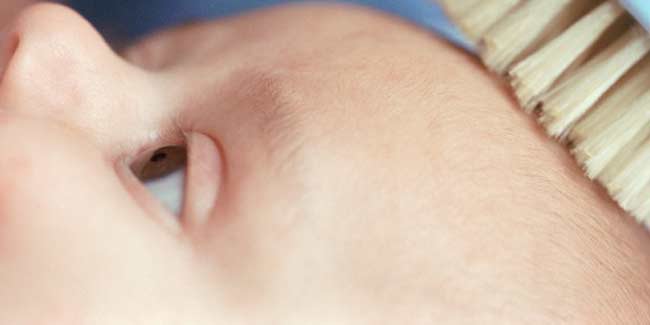
What is Craniosynostosis?
Craniosynostosis is a condition affecting the new born children. In this condition, one or more of the joints between the bones of the child’s skull close before the child’s brain is fully formed. When an infant suffers from craniosynostosis their brain cannot grow in its natural shaped and the head does not have a proper shape.

Craniosynostosis can have an effect on one or more of the joints inside the child’s skull. Also, in some of the case the condition is related to an underlying brain abnormality that prevents the brain from growing properly.
What are the Symptoms?
An infant’s skull has seven bones which do not normally fuse till the age of 2. This gives sufficient time for the brain to develop. There are joints called cranial sutures which are made up of strong, fibrous tissue that hold these bones together. The sutures intersect in the large soft spot of the skull on top of the child’s head. These sutures are usually flexible until the bones fuse. The signs of craniosynostosis include:

An out-of-shape skull whose shape depends on which cranial sutures are affected.
Disappearance of soft spot on the baby’s skull
Slow or stopped growth of head as the baby grows
Development of a raised hard ridge along the affected sutures
An increased pressure within the skull
Image courtesy: Getty Images
Read more on Craniosynostosis Signs and Symptoms.
How we keep this article up to date:
We work with experts and keep a close eye on the latest in health and wellness. Whenever there is a new research or helpful information, we update our articles with accurate and useful advice.
Current Version